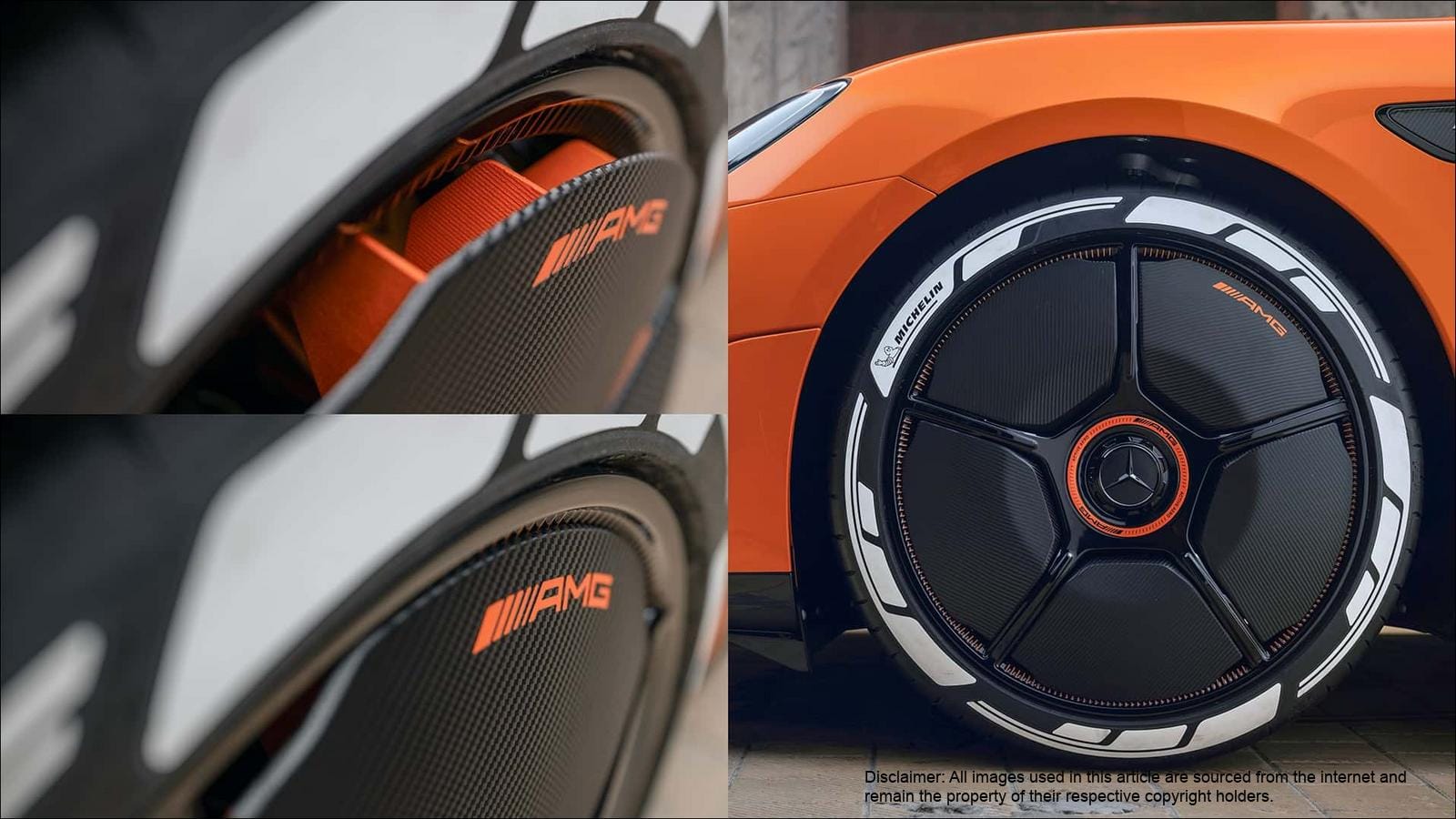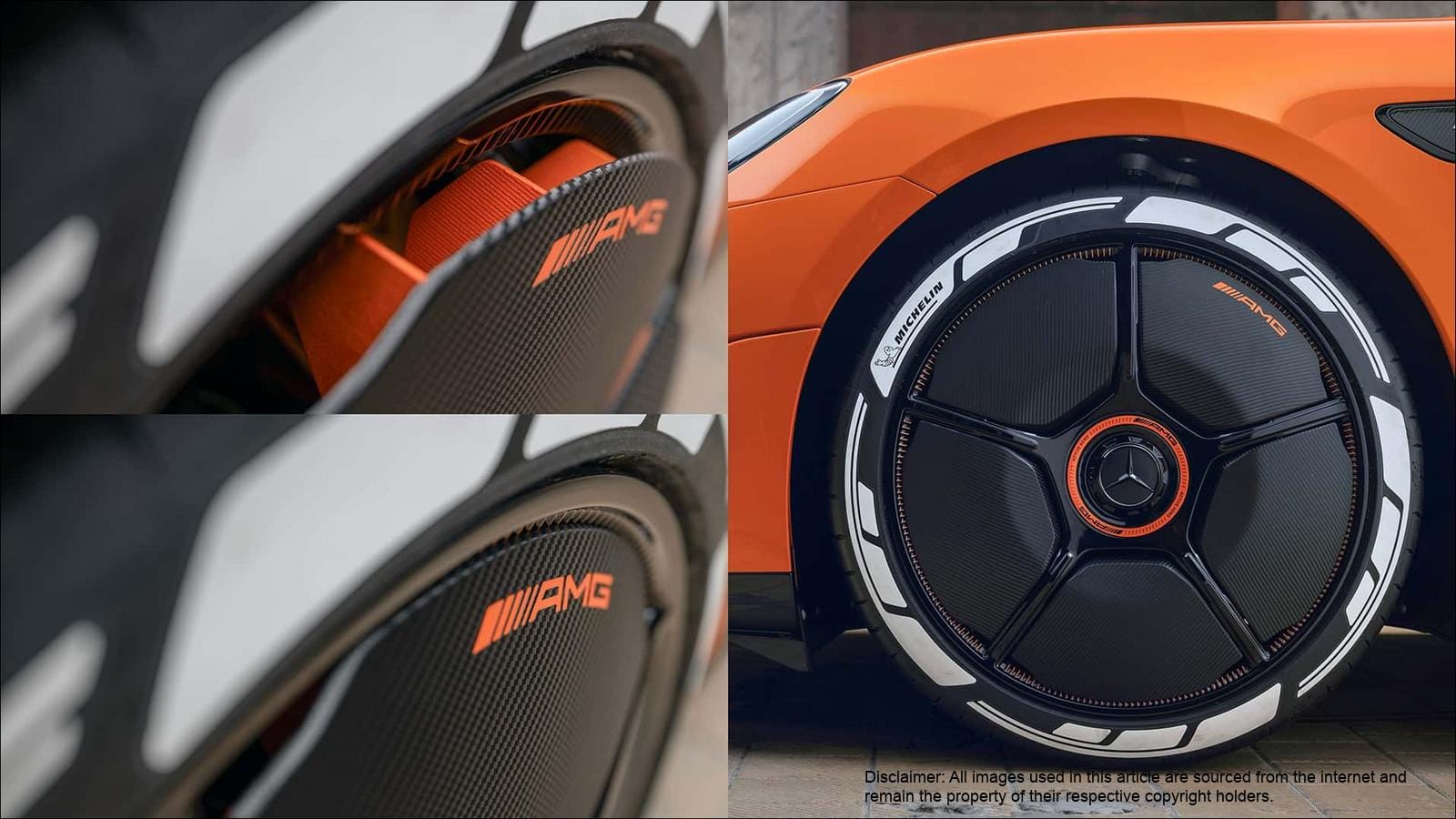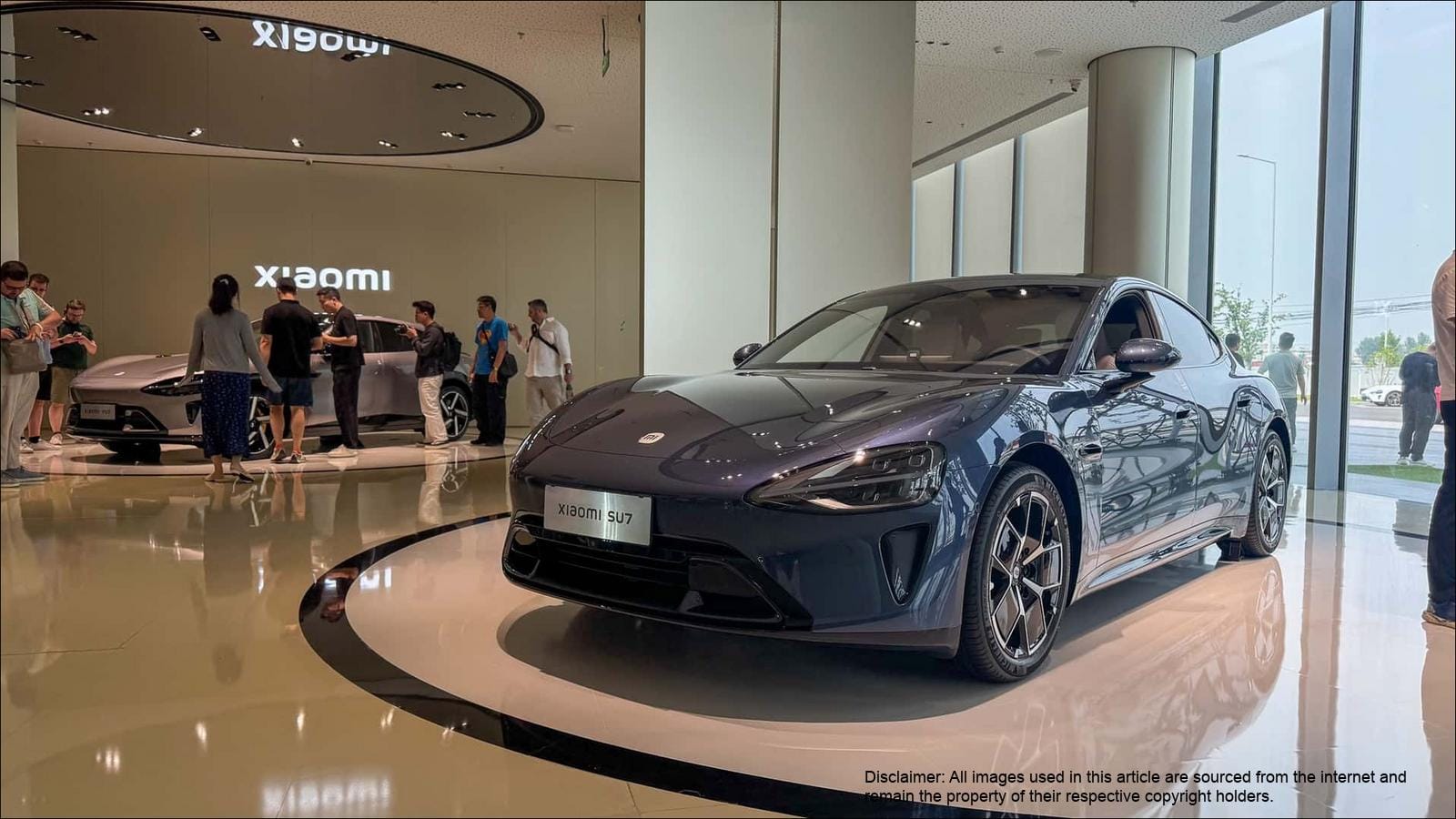[ad_1]
Understanding Level 1 EV Chargers: The Basics Explained
Introduction
Imagine pulling into your driveway after a long day, knowing that your electric vehicle (EV) will be charged and ready for tomorrow’s commute—all while you relax in the comfort of your home. With the rise of electric vehicles, understanding how to charge them effectively has become increasingly important. Level 1 EV chargers, often overlooked, play a crucial role in the everyday lives of EV owners.
Level 1 charging refers to the most basic form of charging, utilizing a standard household outlet. This method is not only the most accessible but can also significantly impact your charging habits and costs. Did you know that the average electric vehicle owner spends less than $500 annually on charging? Understanding the ins and outs of Level 1 chargers could be a game-changer for your electric vehicle experience.
Overview of the Topic
Level 1 EV chargers are typically used in residential settings and can be plugged into a standard 120-volt outlet. While they are not the fastest option available, they are often the most convenient for daily use. With electric vehicles gaining popularity—over 6 million EVs were sold worldwide in 2022 alone—understanding Level 1 chargers is essential for both current and prospective EV owners.
### Current Trends and Statistics
– **Growing EV Adoption**: The transition to electric vehicles is accelerating, with projections estimating that 30% of new car sales will be electric by 2030.
– **Cost Efficiency**: Charging an EV with a Level 1 charger costs significantly less than traditional gasoline.
– **Home Charging**: Approximately 80% of EV charging occurs at home, making Level 1 charging an integral part of everyday life.
Key Benefits of Level 1 EV Chargers
Level 1 chargers offer several advantages that make them appealing for many EV owners. Below are some noteworthy benefits:
| **Feature** | **Benefit** | **Considerations** |
|————————–|——————————————-|——————————————–|
| **Convenience** | Can be used with any standard outlet. | Slower charging times compared to Level 2.|
| **Cost-Effective** | Minimal installation costs. | May require longer charging durations. |
| **Ease of Use** | Simple plug-and-play setup. | Not ideal for high-mileage drivers. |
| **Accessibility** | Available in most homes and garages. | Limited charging speed may affect planning. |
### Real-World Examples
A family with an electric vehicle may find that charging overnight using a Level 1 charger is sufficient for their daily commute. With an average range of around 250 miles, many EV owners report that they wake up to a full charge and are ready for the day.
Challenges and Solutions
Despite the benefits, Level 1 chargers come with some challenges. Here are a few common issues and their solutions:
**Challenge 1**: **Slow Charging Speed**
– **Solution**: To mitigate this, schedule charging overnight when electricity rates may be lower, or consider purchasing a Level 2 charger for faster charging when necessary.
**Challenge 2**: **Limited Power Availability**
– **Solution**: Ensure that your home’s electrical system can handle your charger’s demands. Consult with a professional electrician if you experience issues.
**Challenge 3**: **Long Charging Times**
– **Solution**: For those who drive longer distances daily, planning routes with charging stations or investing in a Level 2 charger can help.
### Pro Tip:
**To maximize efficiency, always charge your EV overnight to take advantage of lower electricity rates and reduce peak demand on the grid.**
Illustrative Example: The Smith Family
The Smith family decided to purchase an electric vehicle after learning about the environmental benefits and cost savings. They opted for a Level 1 charger to keep things simple. Their routine involves plugging in the vehicle every night, ensuring that their car is always charged and ready for their daily drives.
**Key Lessons from the Smith Family:**
– Consistency is key; charging overnight provides peace of mind.
– Level 1 charging suits their daily needs perfectly, as they rarely drive more than 40 miles a day.
Actionable Takeaways
Here are some actionable tips to get the most out of a Level 1 charger:
– **Utilize Off-Peak Charging**: Charge during the night to save money.
– **Monitor Your Charging**: Use apps to track charging times and energy consumption.
– **Know Your Range**: Understand your EV’s battery range to plan your trips effectively.
| **Actionable Tips** | **Benefits** |
|———————|———————————–|
| Charge Overnight | Cost savings and convenience. |
| Use Monitoring Tools | Better energy management. |
| Regular Maintenance | Prolongs battery life. |
Conclusion
Understanding Level 1 EV chargers is essential for anyone considering an electric vehicle. The convenience, cost-effectiveness, and ease of use make them an appealing option for daily charging needs. As more individuals transition to electric vehicles, the importance of this basic charging method cannot be overstated. With proper knowledge and planning, you can optimize your EV charging experience and contribute to a more sustainable future.
FAQs
**Q: What is a Level 1 ev charger?**
A: A Level 1 EV charger uses a standard 120-volt outlet to charge electric vehicles, making it the most basic and widely accessible charging option.
**Q: How long does it take to charge an EV with a Level 1 charger?**
A: Charging times vary by vehicle and battery size, but it typically takes 8-12 hours for a full charge using a Level 1 charger.
**Q: Are there any common challenges with Level 1 chargers?**
A: Yes, challenges include slower charging speeds and limited power availability. However, these can often be mitigated by planning charging times and routes effectively.
**Q: Can I use a Level 1 charger for long road trips?**
A: While you can use a Level 1 charger, it’s not ideal for long trips due to slower charging speeds. It’s better to plan for Level 2 charging stations along your route.
**Q: What are the cost implications of using a Level 1 charger?**
A: Charging with a Level 1 charger is generally economical, costing much less than filling up a gasoline-powered vehicle, especially if charged during off-peak hours.
**Q: Do I need to install anything to use a Level 1 charger?**
A: Typically, no installation is required, as you can plug the charger into a standard electrical outlet. However, ensure your outlet is in good condition and can handle the load.
By considering the above points, you can better navigate the world of electric vehicle charging and make informed decisions that enhance your driving experience.
[ad_2]


















